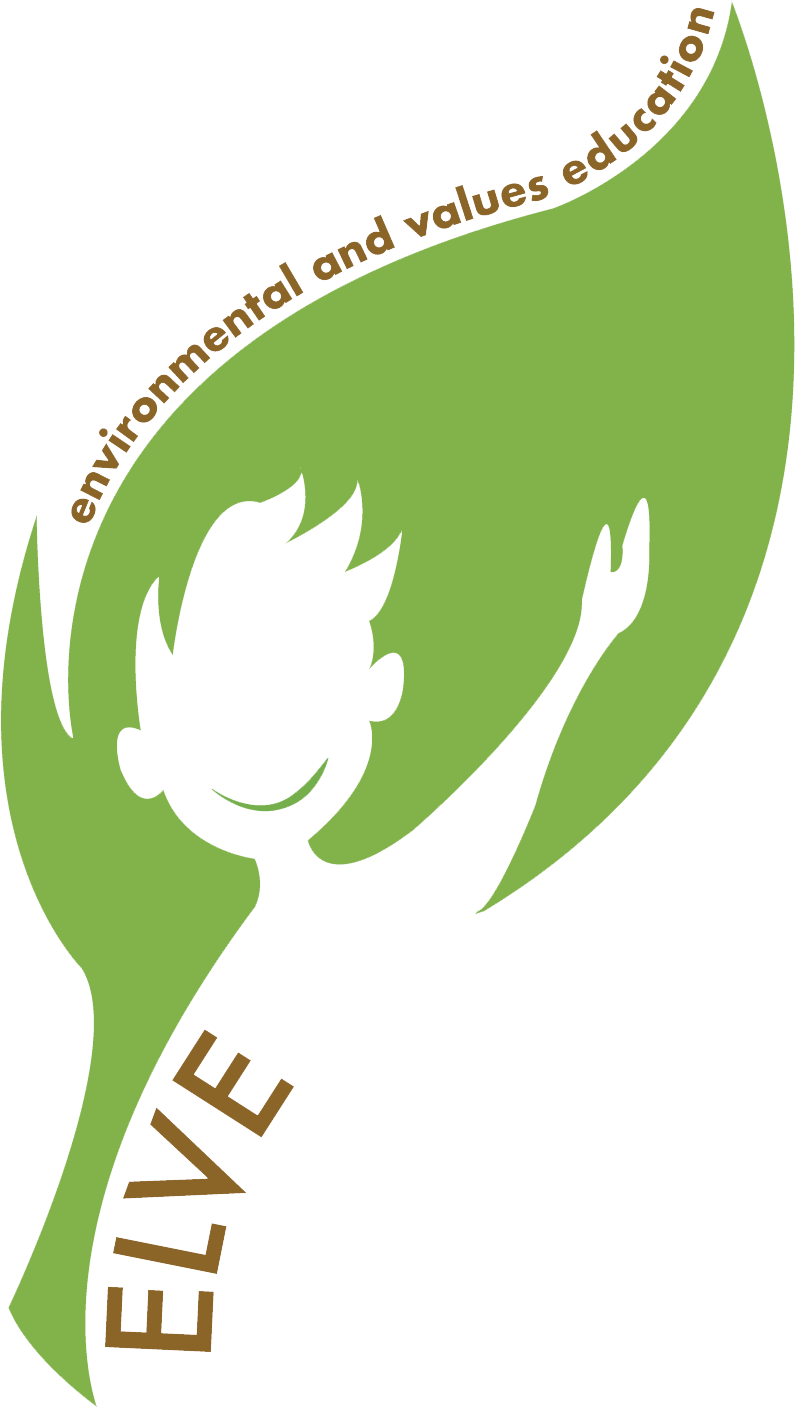How do we protect our world from plastic?
Age9-11
ValueEnvironmental
LocationIndoor
Recommended group size10-20
Recommended time / Minutes60-90
| Topic | Environmental Protection |
| Overview | Germany is considered the recycling world champion, but, at the same time, it is also the largest producer of packaging waste and one of the biggest waste generators in Europe (see EP 2018). There is an urgent need for action worldwide regarding the production and consumption of plastic, because the oceans are full of plastic waste, which is not only harming living creatures in and around the sea, but also releases toxic and hormonally active ingredients in degraded form, which cannot be completely decomposed and subsequently remain in the sea as microparticles or microplastics - with devastating consequences for the organisms living there. |
| Learning objectives | ● The children know the danger of plastic waste in the oceans. ● The children describe ways of how plastic waste gets into the oceans. ● The children describe possibilities to take action against plastic waste. |
| Skills developed | ● Empathy, solidarity towards the disadvantaged ● Motivation to act ● Ability to reflect on one’s own actions |
| Method | Sitting circle, group puzzle, individual work |
| Materials | Plastic objects, printed Greenpeace text, tasks for group work printed on sheets |
| Guidelines | Step 1: Introduction/DialougeIn the sitting circle, the facilitator lays out various plastic objects in the centre. The children first observe carefully which objects are placed in the centre. Afterwards, the children describe which objects are placed in the centre and what they have in common (plastic material). The children are introduced to today’s lesson’s topic by the facilitator, e.g.: How do we protect our world from plastic? The facilitator writes the title on the board (approx. 15min)Step 2: Elaboration/group puzzleThe facilitator brings along a story. They read the story to the children while still sitting in a circle. >Otherwise some parts of the story can be read in front of the class by a student. The facilitator explains that the class will be divided into groups A and B. They should first read the text individually, work through the questions, and mark the corresponding passages (approx. 25 min).Questions for Group A:- In the story, some plastic objects are mentioned. Write down 5!- Sarah explained to Sophie and Matty how plastic waste in the ocean can be avoided. Mark the appropriate passages in the text! Write down 2 possibilities!Questions for Group B:- In the story, some plastic items are mentioned. Write down 5!- Sarah explained to Sophie and Matty how plastic waste gets into the sea. Mark the appropriate passages in the text! Write down 2 possible ways!After the individual work, the children go to their home groups together and compare their results (approx. 10 min). After the results have been compared, the children form expert groups. One child from group A pairs with one child from group B. The children explain their results of the second task to each other and mark the text passages that were also marked by the other group.Step 3: Reflection/frontal teachingIn the plenary, the group work results are discussed shortly. Further ideas for handling plastic can be now collected and written down to the board. The following questions can be raised for stimulation:- When do I encounter plastic in everyday life? When playing, when cooking/eating...?- What do I do with plastic objects? Do I throw them away immediately? Do I sometimes keep them longer? Do I throw plastic, organic, and paper waste in the same garbage can?- What can I do to use plastic responsibly? |
| TipsAdditional materialsHow to apply online?What to do at home? | This lesson outline can be used as a lead-in for project lessons: Collecting plastic waste in the school yard.Alternatives for online lessons:- Delivered via video call (Zoom, teams, or similar).- Pictures of the items are shown in the introduction- Groups are sent into breakout sessions- In reflection, a board picture can be constructed via screen sharing using Flinga (https://flinga.fi/) |
| Author | Jennifer Skurka, Katrin Christl after an idea of Greenpeace |
| Media | |
| Download | Download |
